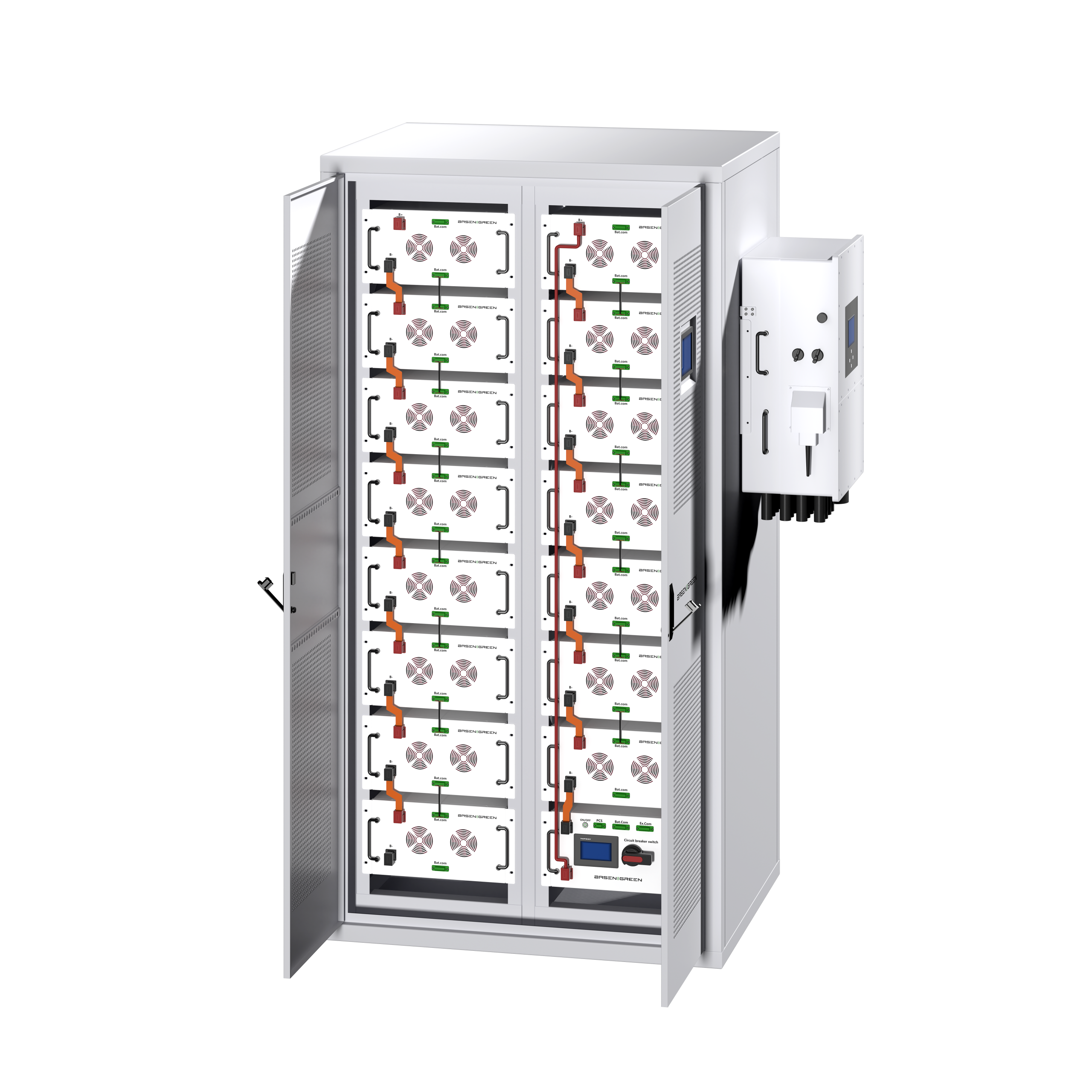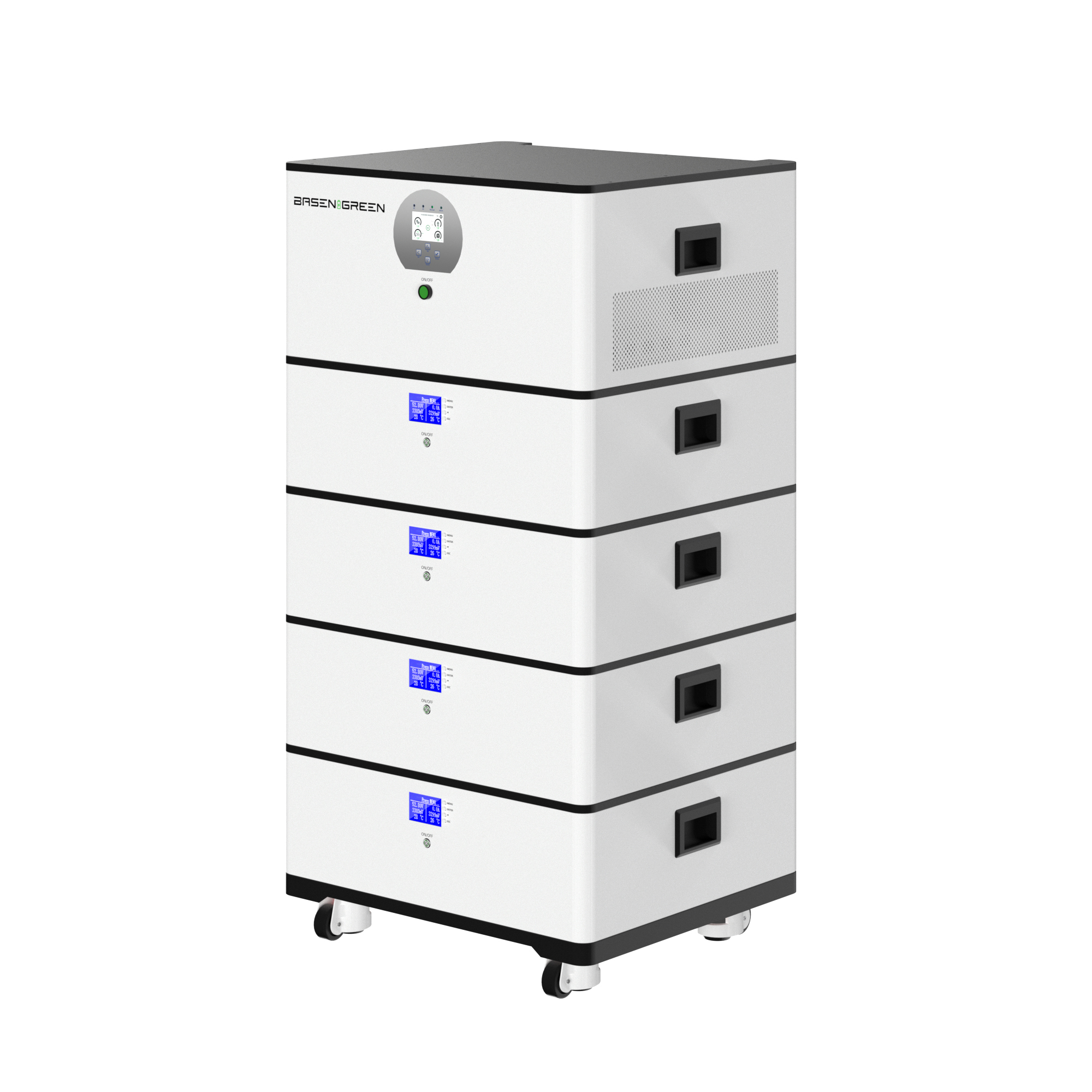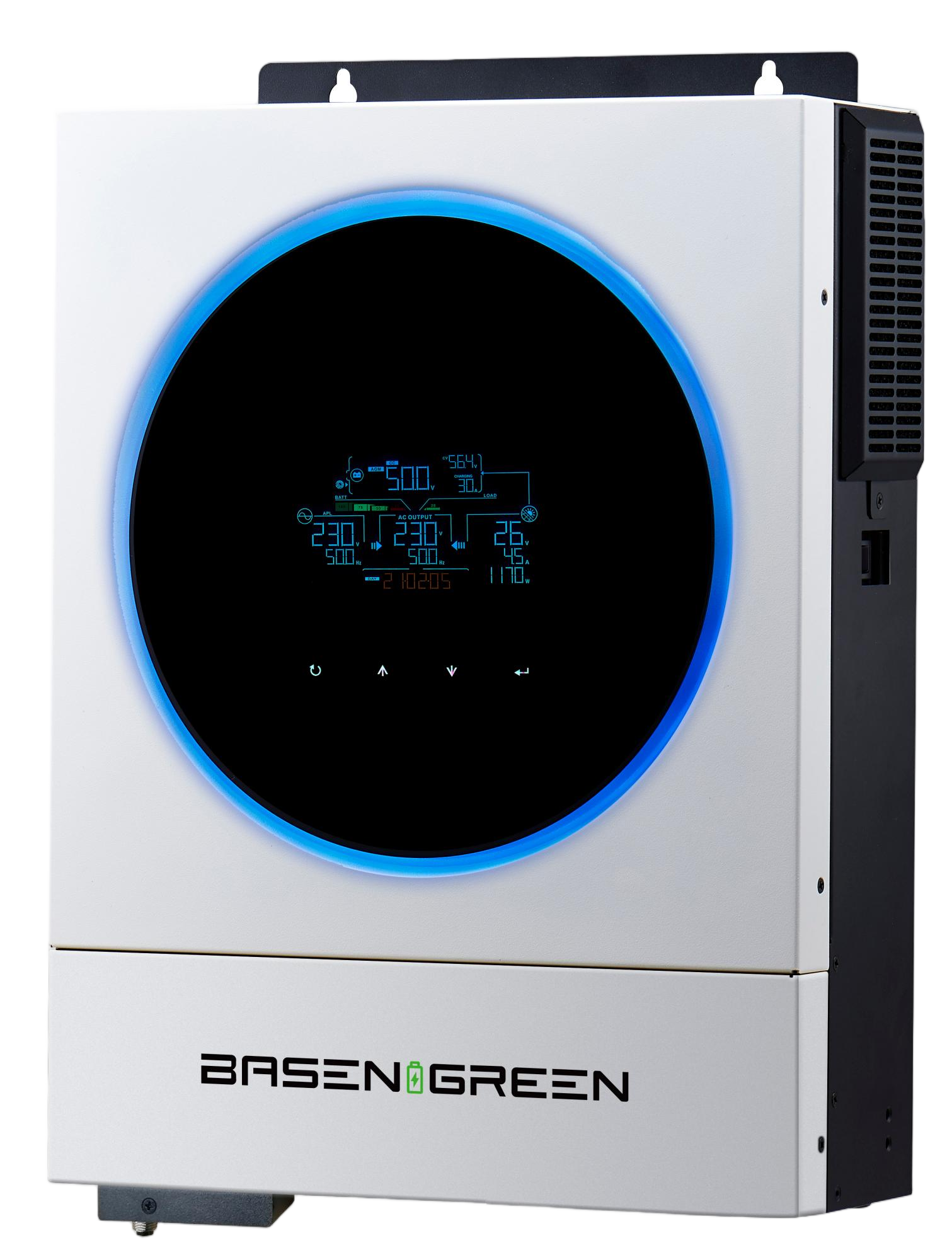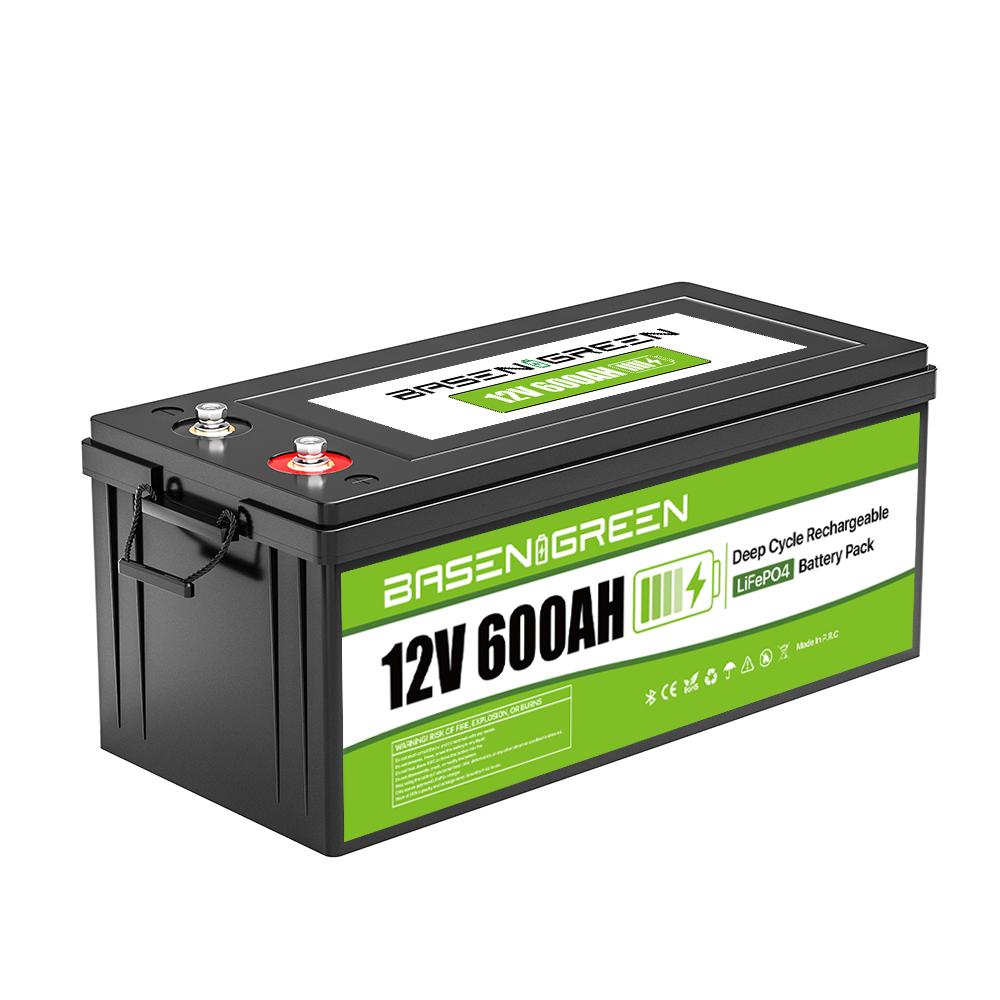Winter Low-Temperature Performance Test of 628Ah Battery
Winter is a season that brings unique challenges to various technologies and systems, especially those reliant on battery power. Batteries, in particular, face significant performance degradation in low-temperature environments. This article delves into the critical aspects of the 628Ah battery’s winter low-temperature performance test, exploring its implications for users and manufacturers alike.
Introduction to Battery Performance in Cold Climates
Batteries are essential power sources for a wide range of applications, from industrial machinery to consumer electronics. However, their efficiency and reliability can be severely impacted by cold weather. The 628Ah battery, a high-capacity lead-acid battery commonly used in industrial and automotive applications, is no exception to this rule. Understanding its performance in low-temperature conditions is crucial for ensuring optimal functionality during winter months.
The Importance of Low-Temperature Testing
Low-temperature testing of batteries is essential to evaluate their ability to maintain performance under harsh winter conditions. This testing helps identify potential issues such as reduced discharge capacity, increased internal resistance, and voltage drop. For industries that rely heavily on battery power, such as telecommunications, transportation, and renewable energy, ensuring the reliability of batteries in cold environments is critical to avoiding operational disruptions.
Methodology of the 628Ah Battery Test
The winter low-temperature performance test for the 628Ah battery involves several key steps. First, the battery is placed in a controlled environment where the temperature is gradually reduced to simulate winter conditions. The test typically includes measuring the battery’s discharge capacity at different temperatures, monitoring its internal resistance, and evaluating its voltage under load. These measurements provide valuable insights into how the battery performs in cold weather and help identify areas for improvement.
Key Findings from the Test
Several important findings emerged from the winter low-temperature performance test of the 628Ah battery. One notable observation was the significant reduction in discharge capacity as the temperature dropped below freezing. At -10°C, the battery’s capacity decreased by approximately 20%, and further reductions were observed at even lower temperatures. Additionally, the test revealed an increase in internal resistance, which can lead to voltage drop and reduced efficiency during operation.
Another critical finding was the impact of the battery’s state of charge (SOC) on its performance in cold conditions. Batteries with a higher SOC exhibited better performance at low temperatures, highlighting the importance of maintaining optimal charge levels during winter. Furthermore, the test demonstrated that the battery’s ability to recover its performance after being subjected to cold conditions was limited, suggesting the need for improved recovery mechanisms in future designs.
Factors Influencing Winter Battery Performance
The performance of the 628Ah battery in winter conditions is influenced by several factors. One of the primary factors is the chemical composition of the battery. Lead-acid batteries, in particular, are sensitive to temperature changes because the chemical reactions that occur inside the battery are highly temperature-dependent. Cold temperatures slow down these reactions, leading to reduced efficiency and capacity.
Another significant factor is the battery’s internal resistance. As temperatures drop, the resistance of the battery’s components increases, which can result in voltage drop and reduced power output. This phenomenon is particularly problematic in applications that require high power output, such as starting engines or operating heavy machinery.
Finally, the quality and design of the battery also play a crucial role in its performance under cold conditions. Batteries with superior construction and materials can better withstand the challenges of winter, ensuring more reliable performance in low-temperature environments.
and Recommendations
The winter low-temperature performance test of the 628Ah battery has provided valuable insights into its behavior under cold conditions. While the battery demonstrates acceptable performance in most winter scenarios, there are areas for improvement, particularly in terms of maintaining optimal charge levels and reducing internal resistance.
For users of the 628Ah battery, it is essential to take proactive steps to ensure its reliability during winter. This includes monitoring the battery’s charge level, maintaining proper maintenance, and using appropriate temperature management systems. For manufacturers, continued research and development are necessary to address the challenges posed by cold weather and to enhance the overall performance of lead-acid batteries in low-temperature environments.
In conclusion, the 628Ah battery is a robust and reliable power source, but its performance in winter conditions requires careful consideration and management. By understanding the factors that influence its performance and implementing the recommendations outlined in this article, users can ensure optimal functionality of their 628Ah battery throughout the winter season.






